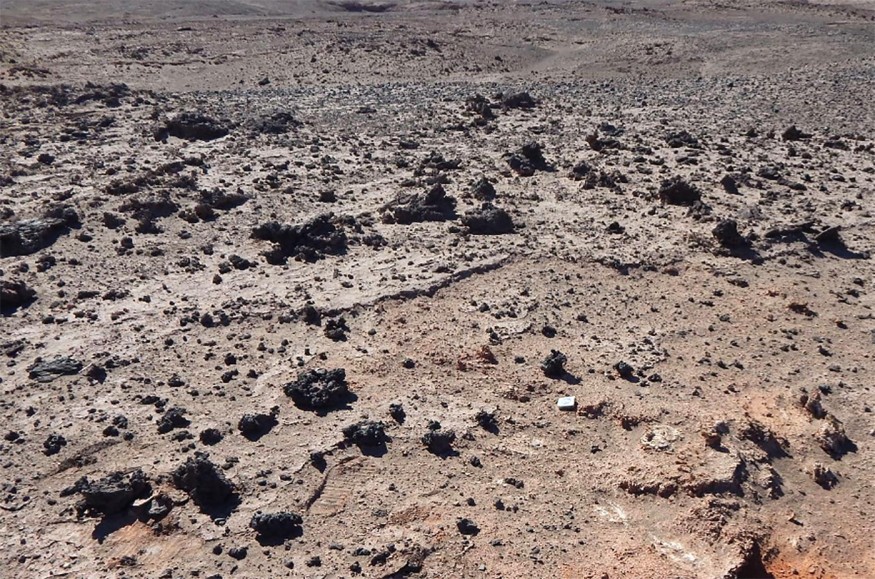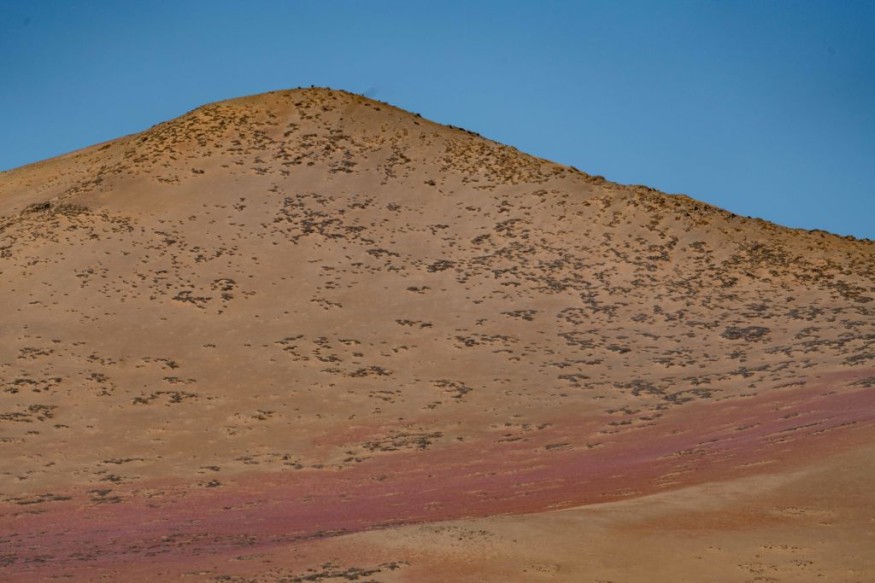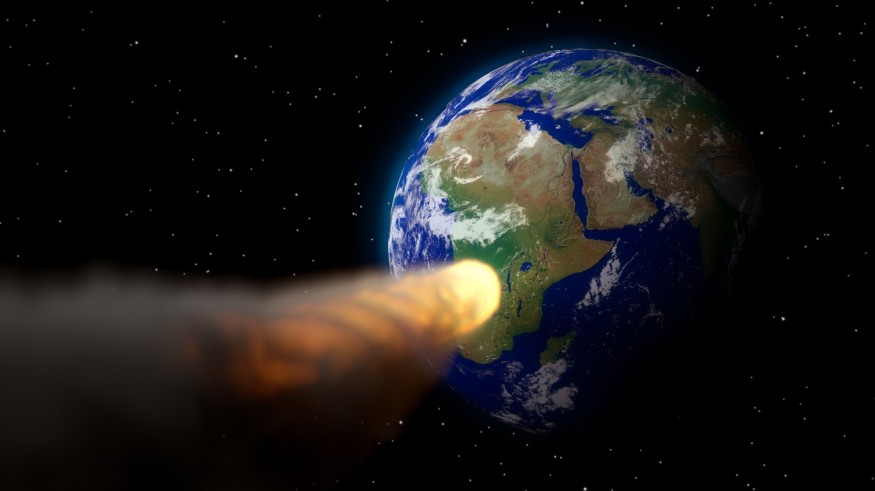A large expanse of black rocky glass littering a Chilean desert remained a mystery for a decade, but Brown University experts already have proven that an exploding comet created it.

A Mysterious Burn

Something torched a 47-mile (75-kilometer) area of the Atacama Desert with heat so intense that the sandy soil became a vast cemetery of silicate glass slabs some 12,000 years ago. Now, a research team has deduced what ignited the firestorm based on the distribution and content of those glasses.
They couldn't find any indication that the dark green or black glass fields were formed by volcanic action. Thus their origin remained a mystery.
Researchers reveal that samples of desert glass include microscopic particles of minerals often seen in extraterrestrial rocks in a study published in the journal Geology. Those minerals are pretty similar to the material brought to Earth by NASA's comet particles sampling.
Foreign Remnants
The scientists now believe that the mineral assemblages are the leftovers of an alien object-most likely a comet-that burst just above the earth, melting and fusing the sandy soil below.
"This is the first time we have unambiguous evidence of glasses on Earth formed by heat radiation and winds from a fireball erupting close above the surface," said Pete Schultz, retired professor of Earth, Environmental, and Planetary Sciences at Brown University. "This was a genuinely big explosion with such a dramatic effect over such a vast region." We've all seen bolide fireballs shoot across the sky, but they're nothing compared to this."
Because the location wasn't always desert, some experts believe ancient grass fires formed the glass. There were oases with trees and green wetlands generated by rivers stretching from mountains to the east during the Pleistocene epoch, and it's been claimed that extensive fires may have melted the sandy soil into big glassy slabs.
Glass Remains
However, the amount of glass present and a few critical physical features make simple fires an impossible creation method, according to a recent study. The glasses have been twisted, bent, rolled, and even tossed while they were still molten. This is consistent with a giant approaching meteor and airburst explosion accompanied by tornado-force winds. After Schultz and colleagues conducted a rigorous chemical examination of dozens of samples obtained from glass deposits around the region, the mineralogy of the glass puts even more significant doubt on the grassfire theory.
The investigation discovered zircons that had thermally degraded into baddeleyite. According to Schultz, that mineral transition occurs at temperatures of over 3,000 degrees Fahrenheit, significantly higher than what could be created by grass fires.
According to the experts, the experts revealed assemblages of unusual minerals exclusively found in meteorites and other alien rocks. Mineral fingerprints from comet samples recovered by NASA's Stardust mission matched specific minerals, including cubanite, troilite, and calcium-aluminum-rich inclusions.
Scott Harris, a planetary geologist at the Fernbank Science Center and research co-author, said, "Those minerals are what tell us that this object has all the marks of a comet." "Having the same mineralogy entrained in these glasses as we discovered in the Stardust samples is pretty strong proof that what we're seeing is the product of a cometary airburst."
Need More Research

According to Schultz, more research is needed to ascertain the actual ages of the glasses, which will help pinpoint when the event occurred. However, according to the provisional date, the impact appears to have happened about the same time when large animals began to vanish from the area.
"It's too early to tell if there was a causative link or not," Schultz said. "What we can say is that this event did occur around the same period as when we think the megafauna vanished, which is fascinating." "It's also possible that this was observed by early settlers who had recently arrived in the area." It would have been a spectacle."
Further study, Schultz and his colleagues believe, will assist in narrowing the date and offer information on the magnitude of the impactor. For the time being, Schultz thinks that this research will aid researchers in locating close blast locations and revealing the possible risk.
"There might be a lot of these blast scars out there," Schultz said, "but we haven't seen enough data to conclude they're all tied to airburst occurrences." "I believe this location will serve as a template for refining our impact models and will aid in the identification of similar places elsewhere."
For similar travel news, don't forget to follow Nature World News!
© 2025 NatureWorldNews.com All rights reserved. Do not reproduce without permission.





